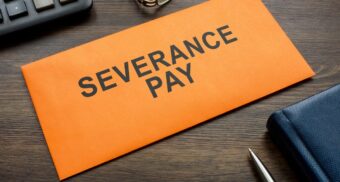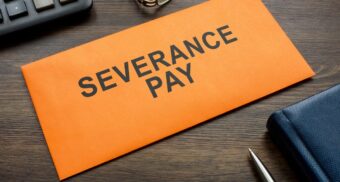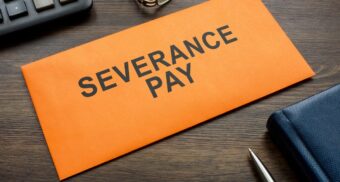Do I have to repay my maternity leave top-up if I’m let go?

In Canada, a salary top-up is an extra benefit some employers provide to employees on maternity leave or paternity leave.
It’s a financial boost that adds to the Employment Insurance (EI) benefits received during leave, helping employees maintain a steadier income. The top-up fills the gap between EI payments and the employee’s usual salary, offering additional support during this important life phase.
- Example: if an employee receives 55% of their salary through EI benefits, an employer might offer a top-up to cover an additional percentage of the salary, ensuring the employee receives, let’s say, 75% or even up to 100% of their usual earnings during the leave.
If you are fired without cause or laid off after returning from maternity or paternity leave, you do not have to repay the salary top up.
However, you will likely need to repay the top up if you voluntarily resign within a certain amount of time after your mat leave ends, or are fired for cause due to serious misconduct.
Does an employer have to provide a top-up?
No. A company can choose to offer employees a maternity leave top-up benefit, but they are not legally required to do so.
Maternity top-up agreements
A maternity top-up agreement is a crucial document that outlines the terms and conditions of the additional financial support provided by employers during an employee’s maternity leave. Crafting a comprehensive agreement is vital for clarity, mutual understanding, and smooth execution. Here’s what a robust maternity top-up agreement should contain:
- Eligibility Criteria: Define who qualifies for the top-up benefits, specifying employment status, duration of employment, or any other prerequisites.
- Duration of Top-Up: Clearly outline the length of time during which the top-up benefits will be provided, ensuring it aligns with statutory maternity or parental leave durations.
- Calculation of Benefits: Detail how the top-up benefits are calculated. Clarify the percentage of the salary that will be topped up and how it interacts with Employment Insurance (EI) benefits.
- Payment Schedule: Describe the frequency and method of the top-up payments, whether they will be disbursed monthly, bi-weekly, or in alignment with the usual salary payment schedules.
- Repayment Conditions: Specify any conditions under which the employee might be required to repay the top-up benefits, such as voluntary resignation or termination due to misconduct within a certain period after returning from leave.
Severance pay
If you are fired during or after returning from a maternity or paternity leave, you are entitled to a full severance package. The amount of severance you may be owed can climb as high as 24 months’ pay.
Don’t sign off on any severance offer until you consult with an employment lawyer at Samfiru Tumarkin LLP. If you accept a termination package before having it reviewed, you could be throwing away tens of thousands of dollars. Our firm created the Pocket Employment Lawyer to give Canadians a better understanding of their workplace rights, including how much compensation they might receive when they lose their job.
Our employment lawyers in Ontario, Alberta, and BC enforce their rights.
If you are a non-unionized employee who needs help with a severance package or another employment issue, contact us today or call 1-855-821-5900. As Canada’s most positively reviewed law firm, we look forward to getting you the advice you need, and the compensation you deserve.
Additional Resources
Do you have questions about maternity or parental leave? Explore Samfiru Tumarkin LLP’s comprehensive resources to find out what your employment rights are:
- Maternity Leave: Guides for Ontario, Alberta and British Columbia employees.
- Parental Leave: Guides for Ontario, Alberta and British Columbia employees.
- Paternity Leave: Resources about the father-focused part of parental leave, for Ontario, Alberta and British Columbia.
- EI Benefits for Mat Leave: Learn how much EI pay you can get in Alberta and B.C.




